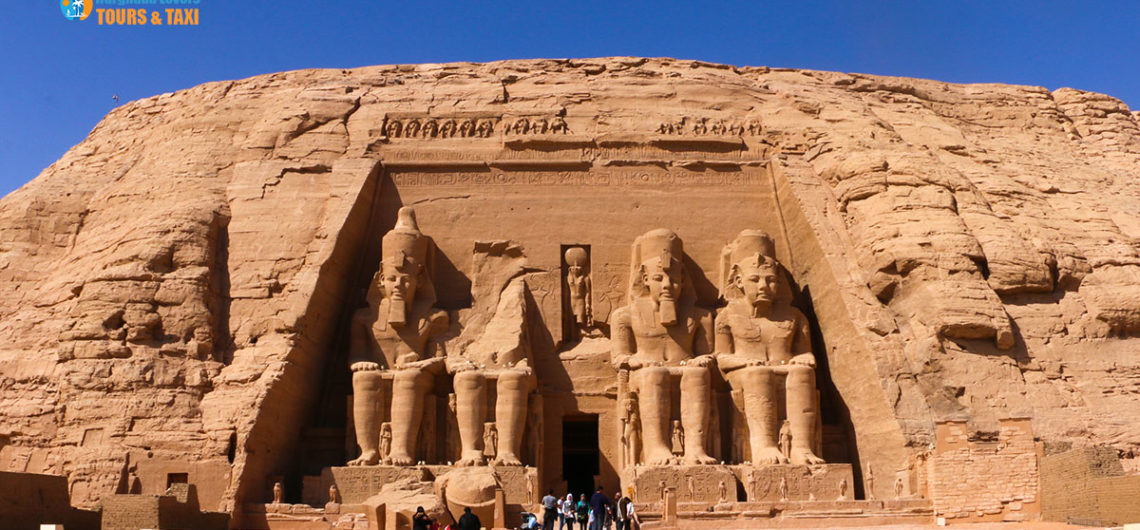Temple of Abu Simbel in Aswan Tours Egypt | Best Things to Do in Aswan & Facts Pharaonic Temples
The Pharaonic Temple of Abu Simbel – History Of Egyptian & the construction of the most important Pharaonic archaeological temples of Aswan, the civilization of Ancient Egypt.
the secrets of the salvage of the temples of Abu Simbel, the big and the small, the reason to name and interpret the phenomenon of the perpendicular sun twice a year, the prices of entrance tickets, the dates of visit and more about life and traces of the Pharaonic civilization.
Hurghada lovers Offer Luxury Hurghada to Luxor Tours | El Gouna to Luxor Tours | Makadi bay to Luxor Tours | Sahl Hasheesh to Luxor Tours | Soma bay to Luxor Tours.
Temple of Abu Simbel – Temple of Ramses II & Nefertari in Aswan Egypt
Built: During the reign of King Ramses II “Egyptian Pharaohs kings“.
Type of temple: ritual temples.
Beginning of the construction of the temple: 1244 BC.
Duration of construction of the temple: about 21 years
Opening date of the temple: 1223 BC
It was built by King Ramses II south of Aswan in the village of Abu Simbel, a luxurious temple whose façade is decorated with four rock-cut statues depicting the king. The height of a statue (21) meters, and the interior columns are characterized by their human form.
Located on the west bank of the Nile, 280 km south of Aswan, King Ramses II carved two rock temples between 1290 and 1223 BC. J.-C., where the temple is considered an architectural miracle for the ancient Egyptians as well as the way they can sculpt a temple entirely in the heart of the rocky mountain.
The temple of Abu Simbel was saved in 1963 and transferred to Hiba Abou Simbel at the beginning of the construction of the high dam, the temple of Abou Simbel is characterized by the fact that it was not converted into a church or under another name with the passage of ages and religions, discovered in 1817 AD.
The Great Temple of Abu Simbel:
Located south of Aswan, the temple was built during the reign of King Ramses II and dedicated to the worship of the god Ra Hor Akhty the sun god, who is more than 3,000 years old.
The façade of the temple of Abu Simbel is 38 m wide and 33 m high, where 4 statues of King Ramses II were carved to a height of 20 m, the façade is centered by an entrance surmounted by a cavity inside a statue of the God Horus, then you will see above a row of statues in the shape of monkeys raising their hands towards the disc of the sun.
When you pass through the entrance, you will find a statue of a god with the head of a falcon representing the god Ra Hor Akhty, then inside the temple you will find a room its ceiling is held on square columns showing King Ramses II in the form of Osiris.
You will find inscriptions showing King Ramses II fighting the Libyans and the Hithites in the Battle of Kadesh, then you will find at the end of the temple the Holy of Holies, where you will see a room containing 4 statues of the god Ra Hor Akhty, god Amon Ra, god Ptah and King Ramses II as was once believed in Pharaonic times, and a collection of small rooms as a warehouse for the temple of Abu Simbel.
The small temple of Abu Simbel:
Located north of the Great Temple, carved into the rock of the mountain, where it was carved to worship the goddess Hathor and Queen Nefertari, wife of King Ramses II, is called the Temple of the Rocks of the Goddess of Love, Music and Beauty.
You will see a large façade of the temple with 6 statues divided three on each side, where you will find two statues of the king and a statue in the center of the queen, each 10 meters high.
When you go to the temple hall, you will see 6 columns bearing the head of the goddess Hathor called the Hathoric column as well as inscriptions of the ancient Egyptian goddess, where you will find drawings of King Ramses II and Queen Nefertari during the Battle of Kadesh and other inscriptions performing religious rituals.
On the west wall of the small temple you will find a niche in which you will find pharaonic inscriptions representing the head of a cow symbolizing the goddess Hathor wearing the crown of Sotis and a statue of King Ramses II carved under the head of Hathor.
The reason for naming the temple of Abu Simbel:
Over time, the Temple of Abu Simbel was covered with sand up to the knees of the statues of King Ramses II, and governments were not interested in restoring the temple until 1813 AD.
Archaeologists J.L. Burckhardt from Switzerland and Giovanni Belzoni from Italy made an unsuccessful attempt to prepare and excavate the entrance to the temple.
In 1817, archaeologist Giovanni Belzoni made another attempt with the help of a Nubian boy named Abu Simbel, who played a key role in the rapid discovery and reopening of the temple entrance from quick sand.
The relocation of the Temple of Abu Simbel:
- As a result of the construction of the high dam and Lake Nasser in Aswan, it almost caused the complete sinking of the Abu Simbel temples under the waters of the Nile.
- The Egyptian government, led by the Minister of Antiquities, agreed in 1959 to collect international donations from UNESCO to save the archaeological monument.
- The operation of moving the temple began in 1964.
- The cost of moving the entire temple = $40 million.
- The duration of the temple rescue = 4 years.
- The opening date of the temple after the move = 1968.
- The temple was completely cut into a very large mass, weighing up to 20-30 tons, and then all parts of the temple were dismantled and reinstalled at its new location at an altitude of 65 and 200 meters at a level above the level of the Nile.
- It is funny that Mongolia provided US$230 to support the relocation of the temple and its protection from drowning, which was then a very poor state and raised funds from the Mongolian people.
Suggestions for temples rescue operations:
- The owner of the idea of cutting the temple into large blocks and plates carefully numbered by the Egyptian sculptor Ahmed Osman, dean of the Faculty of Fine Arts at Alexandria University.
- France proposed to cut the mountain in half and move it completely, which was rejected due to the difficulty of transferring the size and weight of the temple into such a huge size.
- Italy made a funny proposal to make crystal or glass chambers and go down through pipes or underwater paths to see the statues, the idea was completely rejected.
The Temple of Abu Simbel and the Sun:
One of the most important architectural miracles of the temple is the sun perpendicular two days a year in the sanctuary of the Great Temple on February 22, “the birthday of King Ramses II” and on October 22, the day of the king’s coronation.
- The sun’s rays illuminate only three statues, namely King Ramses II, God Amon, the God Ra Hor Akhti, and the non-perpendicularity on Ptah god of Darkness.
- The Temple of Abu Simbel has a concrete dome about 65 meters in diameter and 23 meters high to protect the statues.
- The temple is not affected by the magnitude of the earthquake up to the magnitude of 10 Richter.
- The rays of sunshine are 200 meters in the temple twice a year.
- The reason why the sun does not illuminate the statue of the God “Ptah”, according to the religious beliefs of the ancient Egyptians, that this god should not be illuminated by the sun so that the world does not end.
- The phenomenon of sunlight passing through the temple of Abu Simbel was discovered in 1874 AD.
- There is a theory for archaeologists that the day of October 22 is the beginning of the season of planting and flooding among the Pharaohs and february 22 of each year the beginning of the harvest season so that the time of baptism of sunlight in the temple is designed at this time each year.
Why the temple was built?
- In memory of the historic battle of Kadesh between King Ramses II and his enemies the Hithites.
- Building the temple in southern Egypt in Upper Egypt to protect Egypt from enemies and spread terror and fear in their hearts.
- Construction of the small temple of Queen Nefertari, wife of King Ramses II in her honor.
About King Ramses II:
Ramses ruled for 67 years, and his reign with the reign of King Pepi II was the longest in Pharaonic history. This period was confirmed by Manethon and provedby Ostrakas, and a painting by Ramses IV in which he wished to reign over Egypt 67 years as Ramses II.
Ramses II is the third king of the 19th Dynasty of the New Kingdom to take the throne, who was freed by the death of his father Sethi I. Sethi I is the son of King Ramses I The latter married as we saw in the previous chapter of Ankh-es en-Amon who was the widow of King Tutankhamun and Ay, but he died after a year and a few months of reign.
Ramses I, the founder of the dynasty, belongs to a family from the eastern Delta, where it has been customary for generations for men to be called Ramses and Sethi, and they worshipped a god who was not loved by most Egyptians, because he is the enemy of Amon and the murderer of Osiris: The God Seth, the god at the home of Awaris, the ancient capital of the Hyksos.
His name Horus: the powerful bull the beloved of Maat, and the title of the two ladies: the one who protects Egypt, who disciplines foreign countries, and his name Golden Horus: many years of great victories, and the king: the secret of Ma’at Ra, the powerful truth of Ra.
His birth name: the chosen one of Ra, and the king is often denied by his fourth name. Ra’s son, Ramesso the beloved of Amon is the one who was born to Ra.
Address of Abu Simbel Temple:
The west bank of Lake Nasser, Abou Simbel, Aswan, Egypt.
Visit dates and working hours:
Sunday 5h00-18h00
Monday 5h00-18h00
Tuesday. 5:00-18:00
Wednesday. 5:00-18:00
Thursday 5h00-18h00
Friday 5h00-18h00
Saturday 5h00-18h00
Ticket prices for Abu Simbel Temple on regular days:
The price of an entrance ticket for foreigners = 200 Egyptian pounds.
The price of an entrance ticket for a foreign student = 100 Egyptian pounds.
The price of an entrance ticket for Egyptians = 10 Egyptian pounds.
The price of the entrance ticket for the Egyptian student = 5 Egyptian pounds.
Ticket prices for the Temple of Abu Simbel on the day of the baptism of the sun:
The price of an entrance ticket for foreigners = 400 Egyptian pounds.
The price of the entrance ticket for a foreign student = 200 Egyptian pounds.
The price of an entrance ticket for Egyptians = 35 Egyptian pounds.
The price of the entrance ticket for the Egyptian student = 15 Egyptian pounds.
Author & Writer The Sphinx of Giza: Tamer Ahmed Abd elfatah Yousif | Tourism Expert | Best Tour Operator in Hurghada
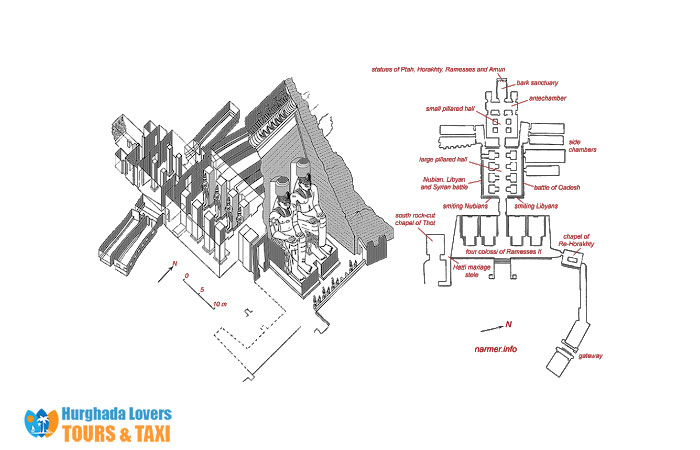
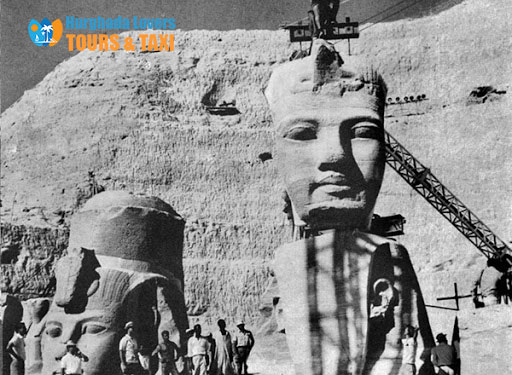
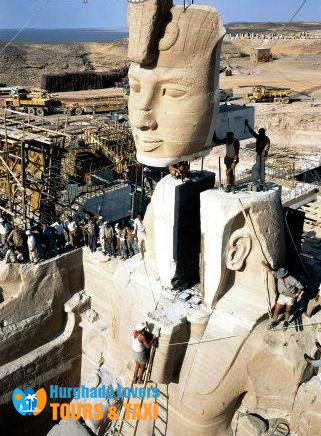
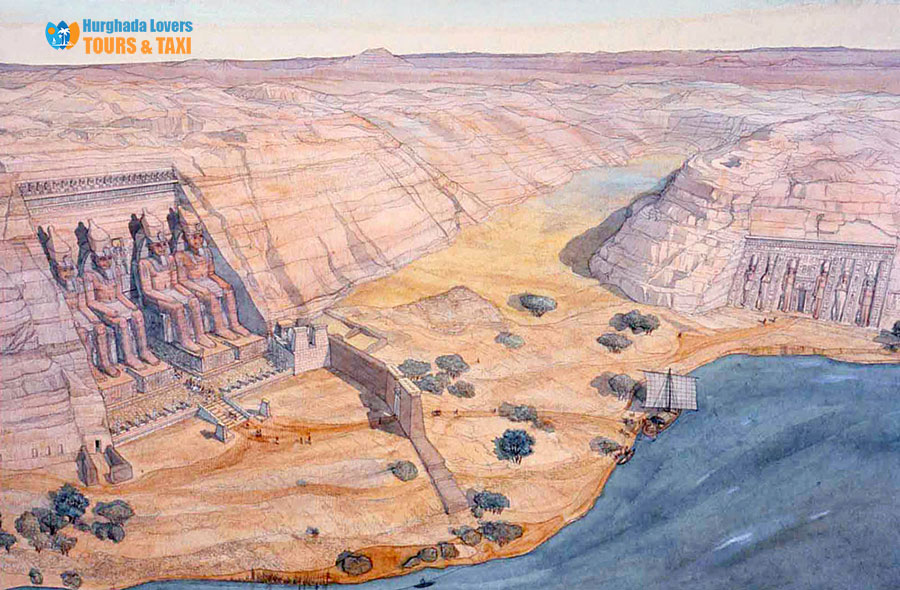
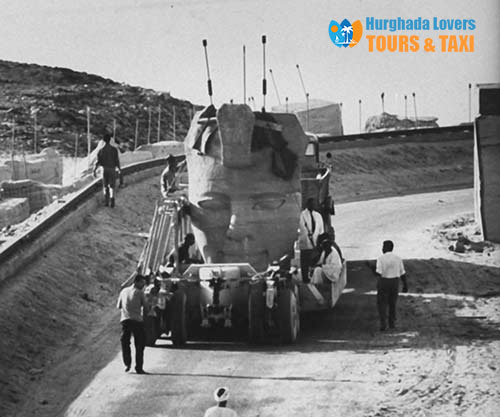


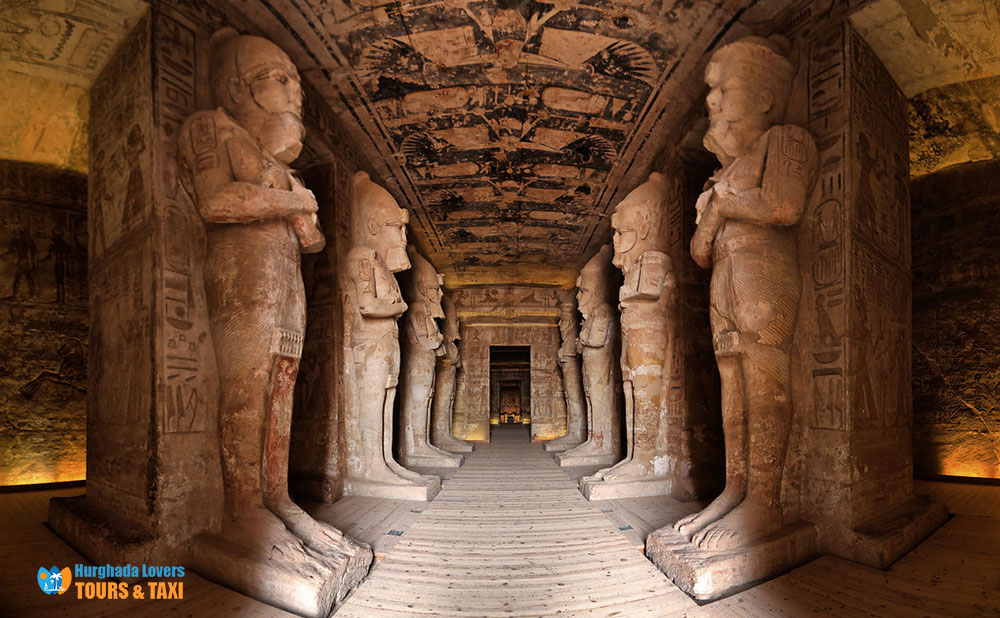
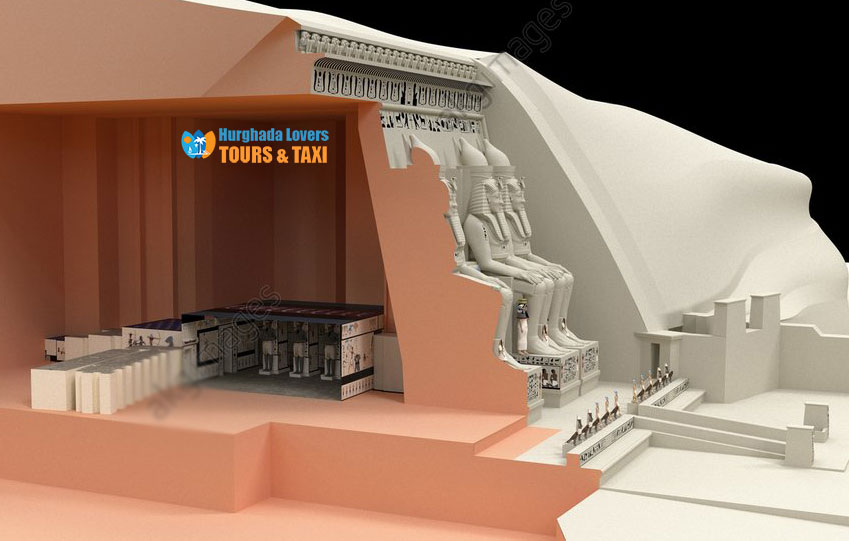
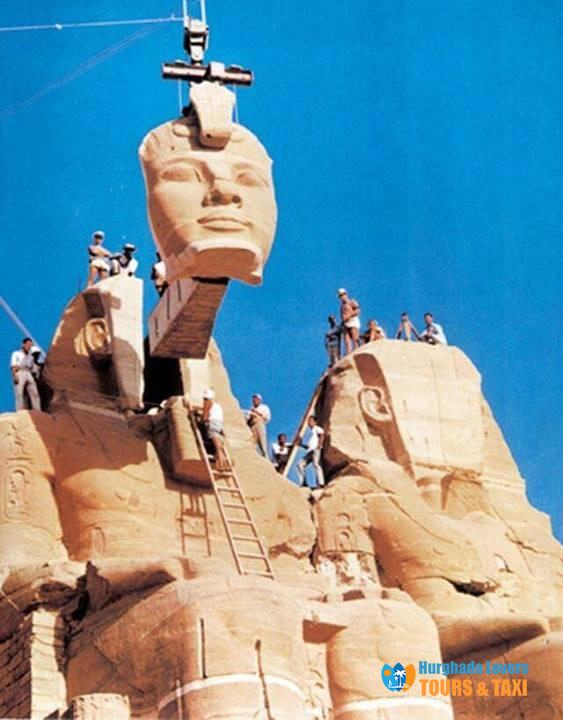
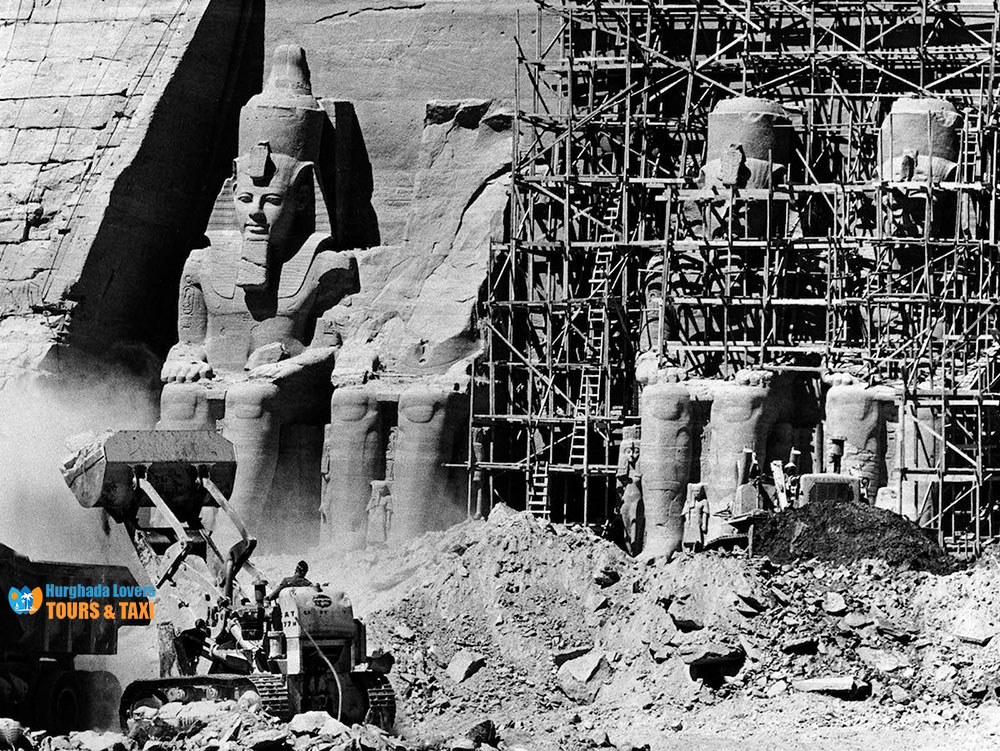
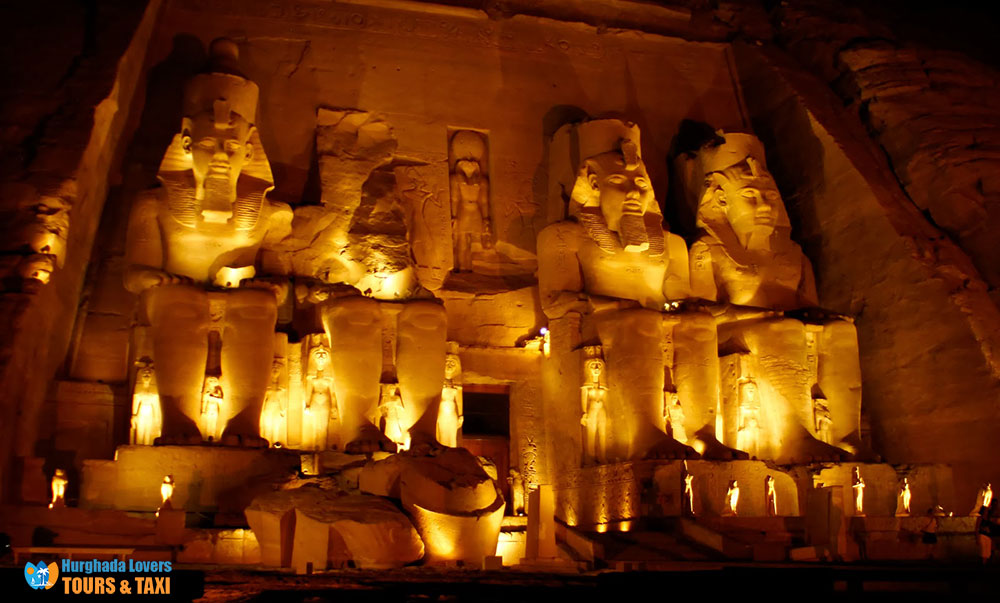

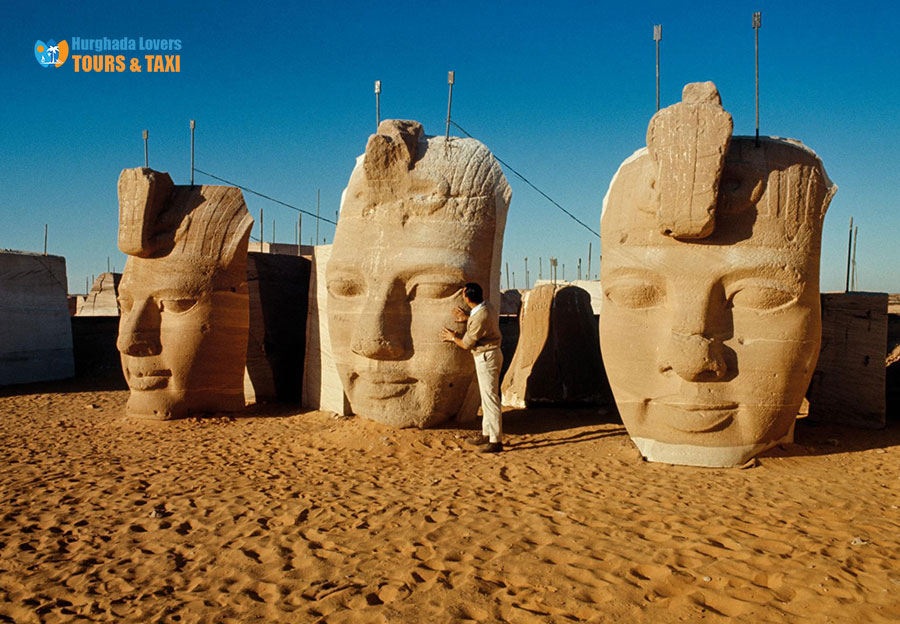
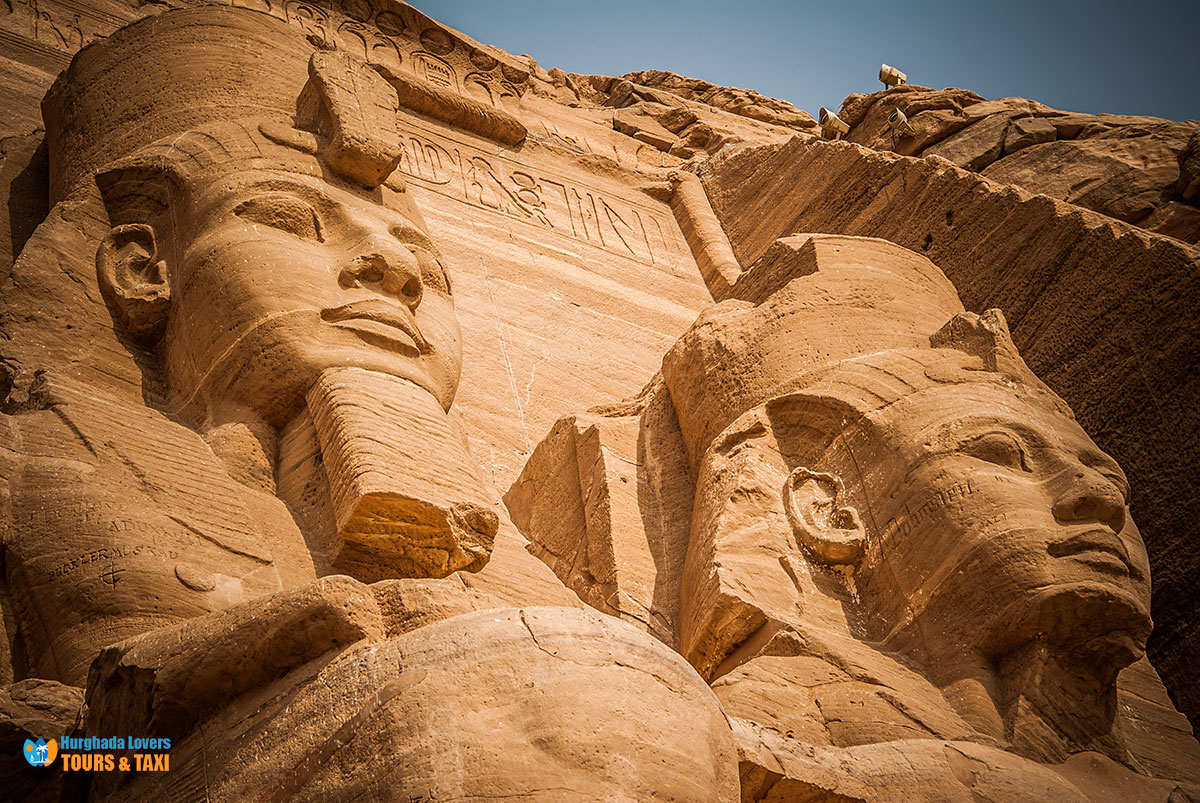


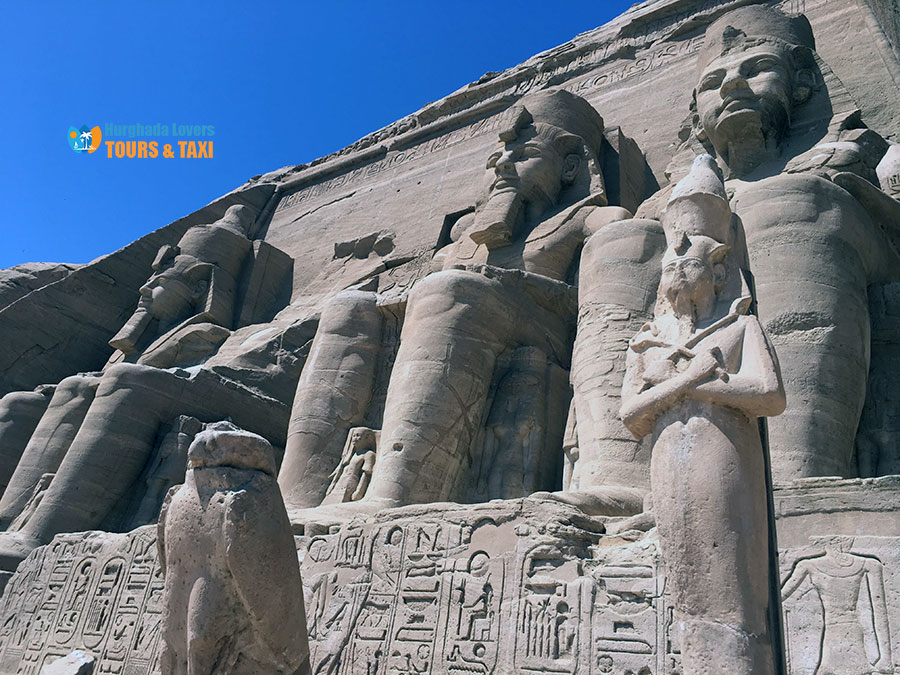
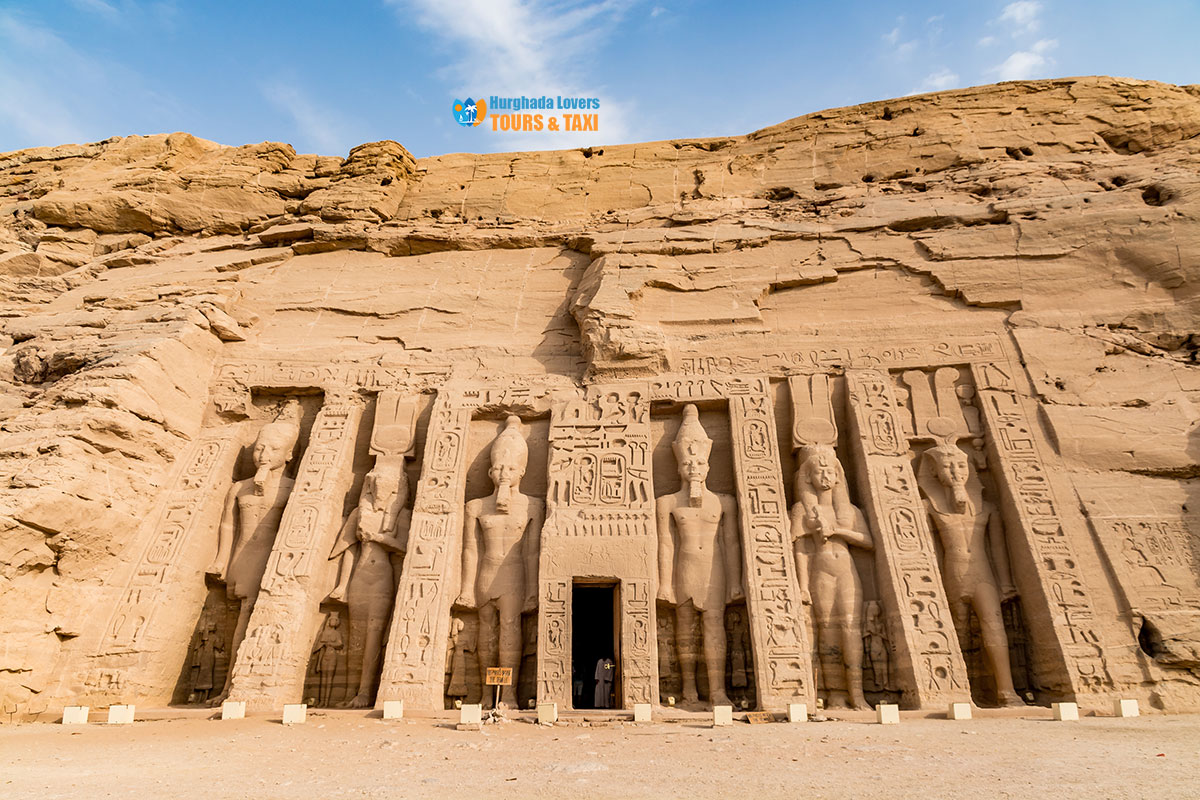
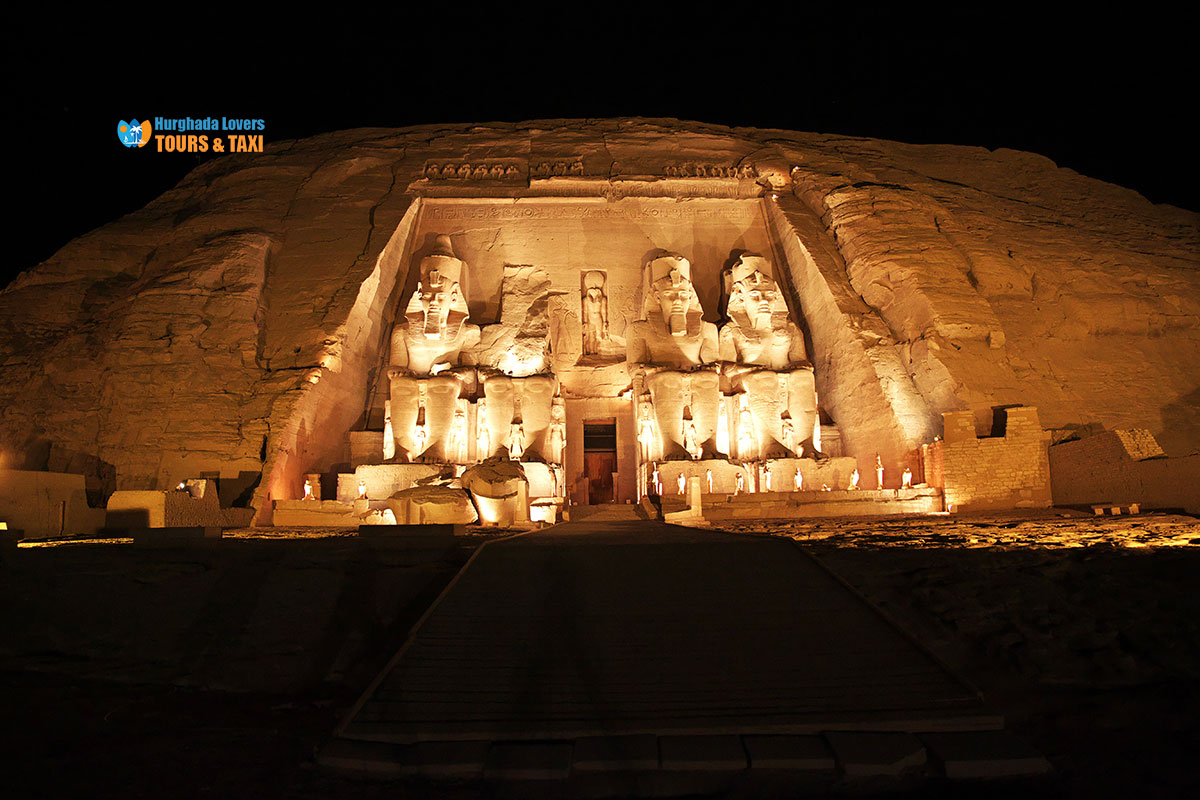
Temple of Abu Simbel Aswan Egypt | The Great Temple of Ramesses II

